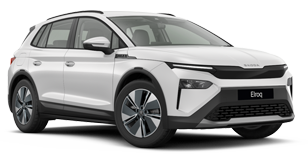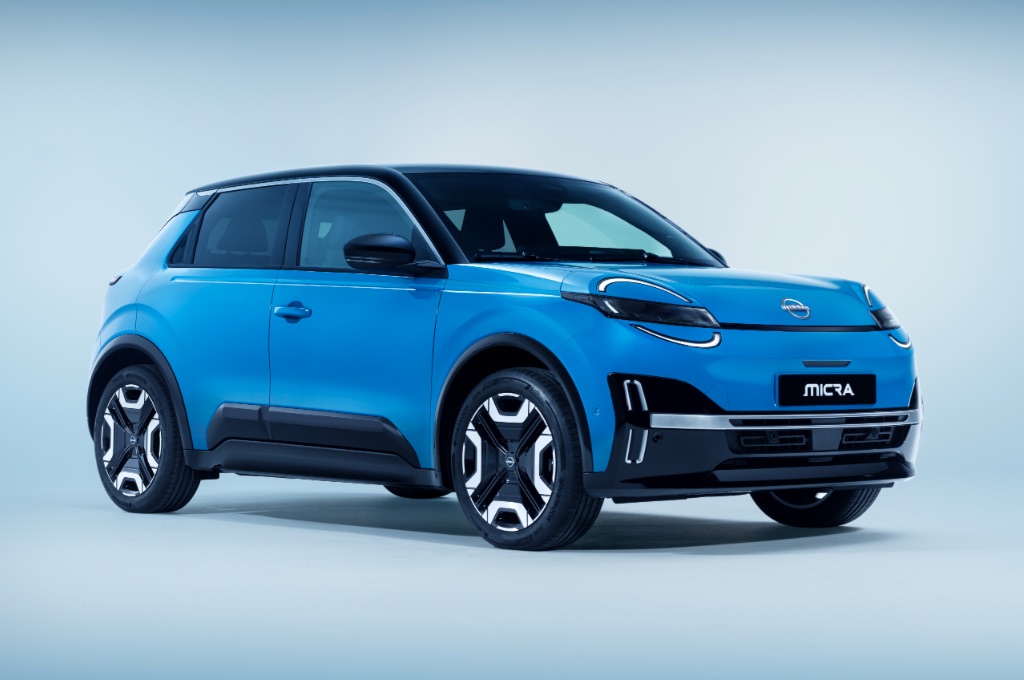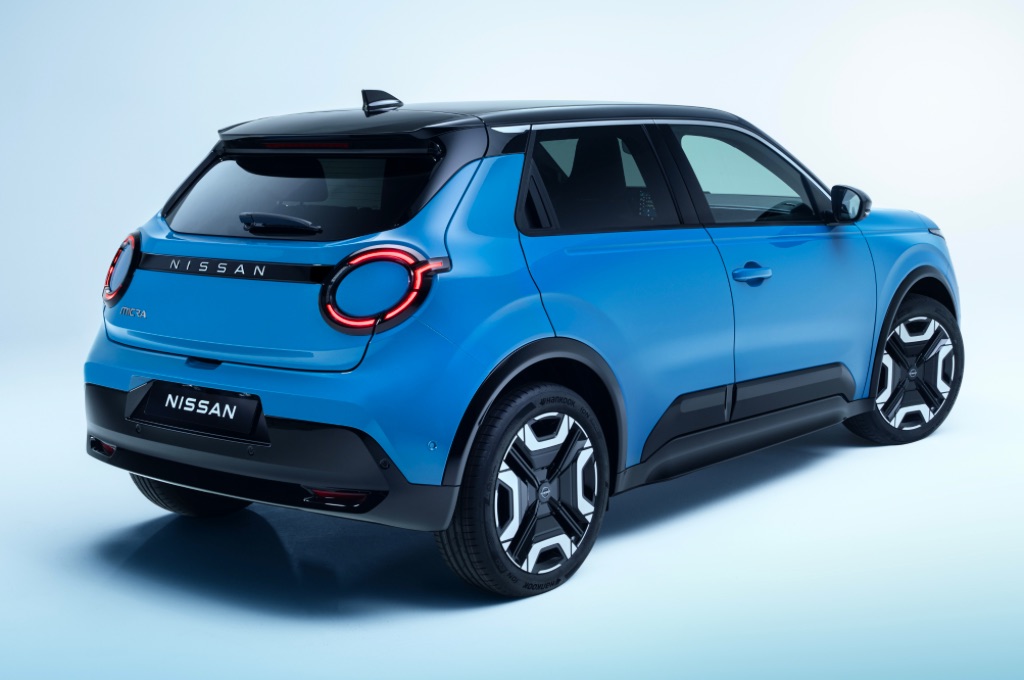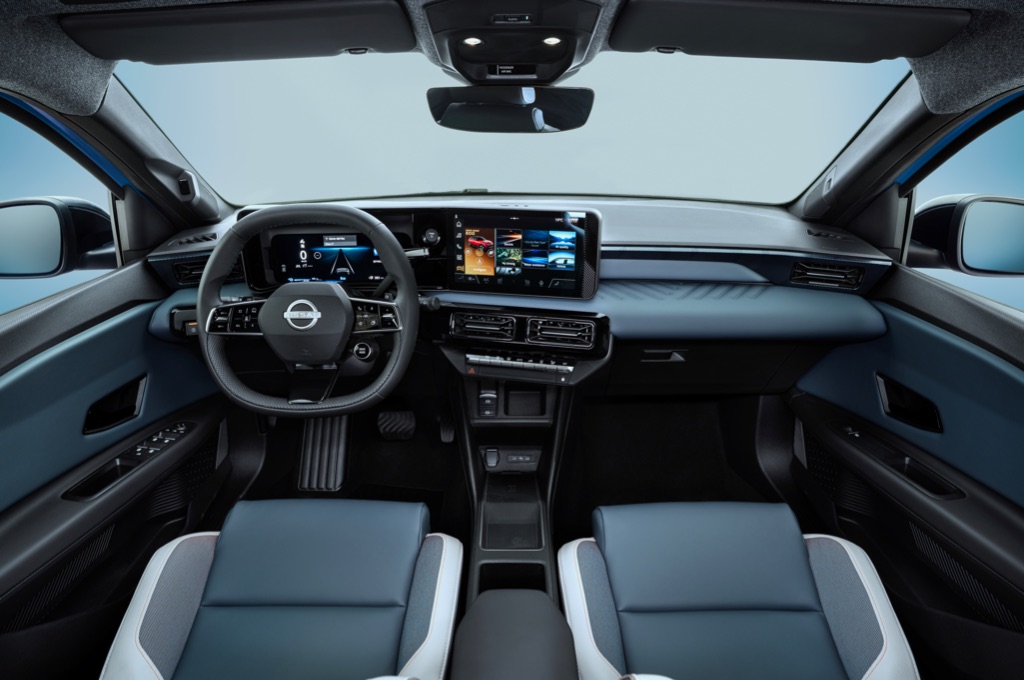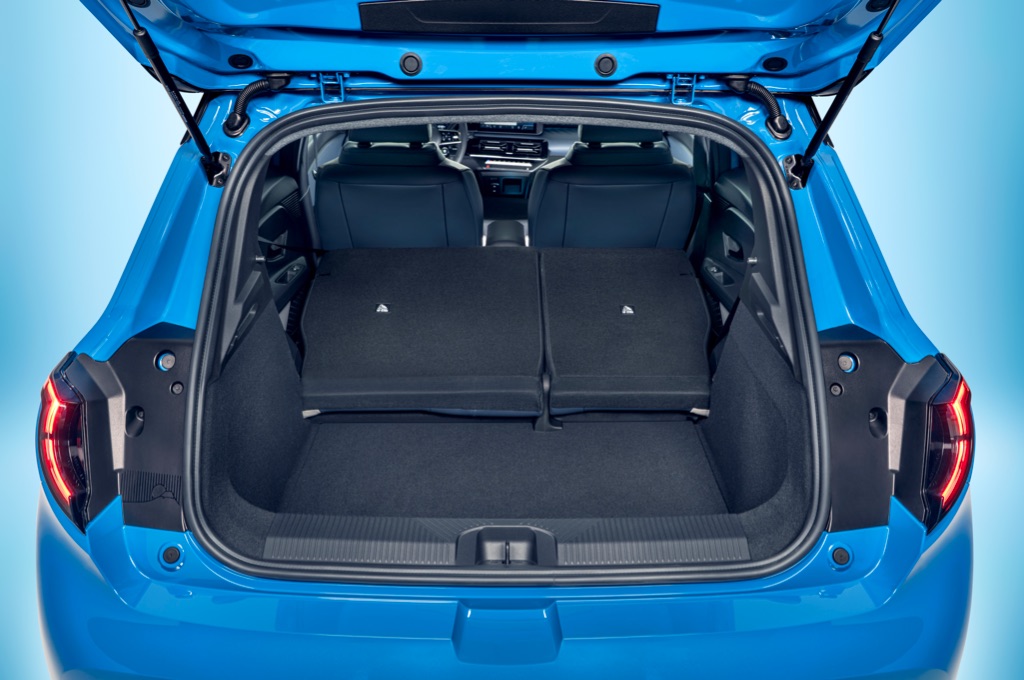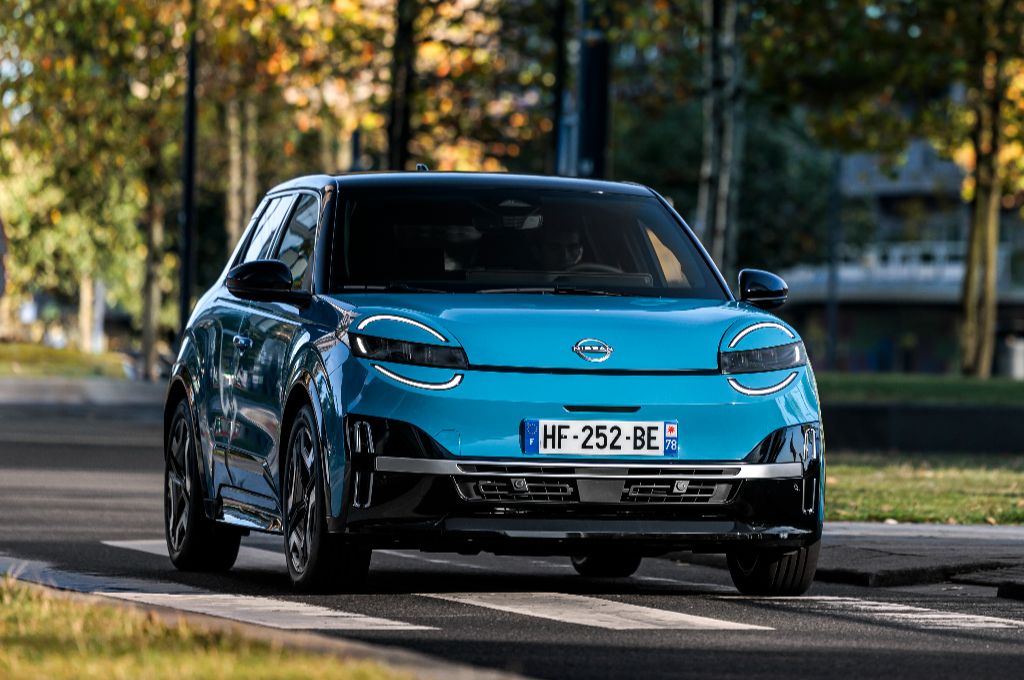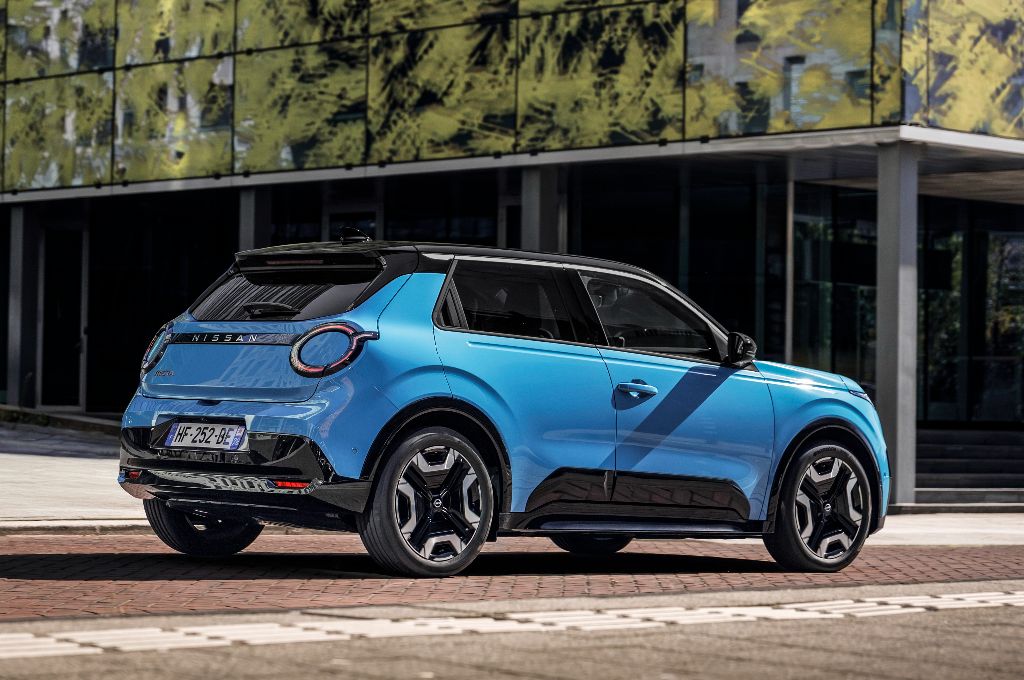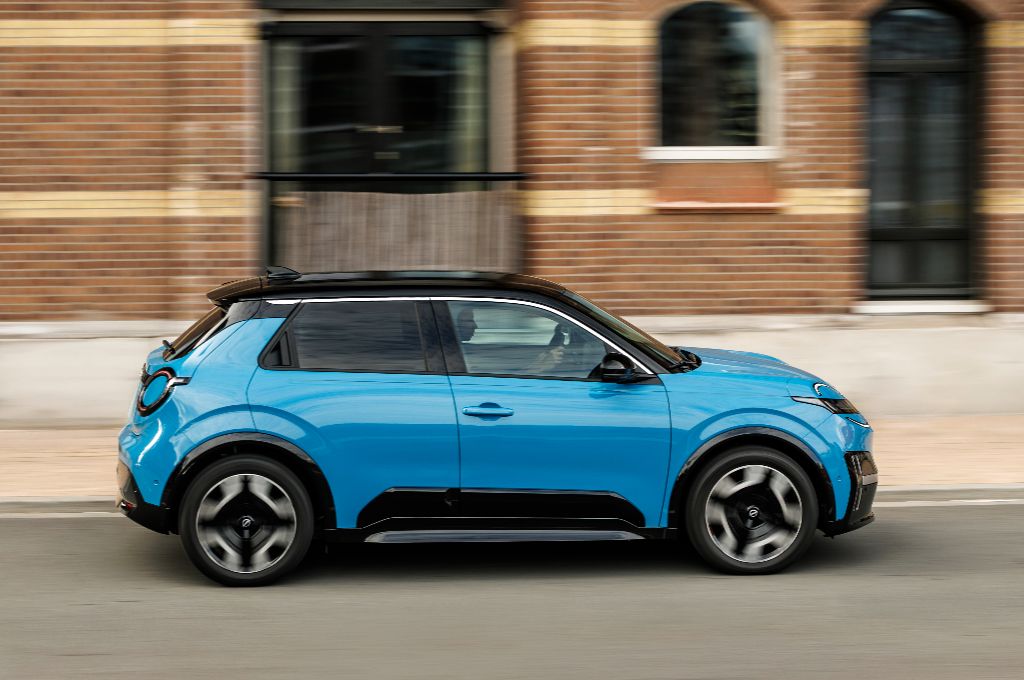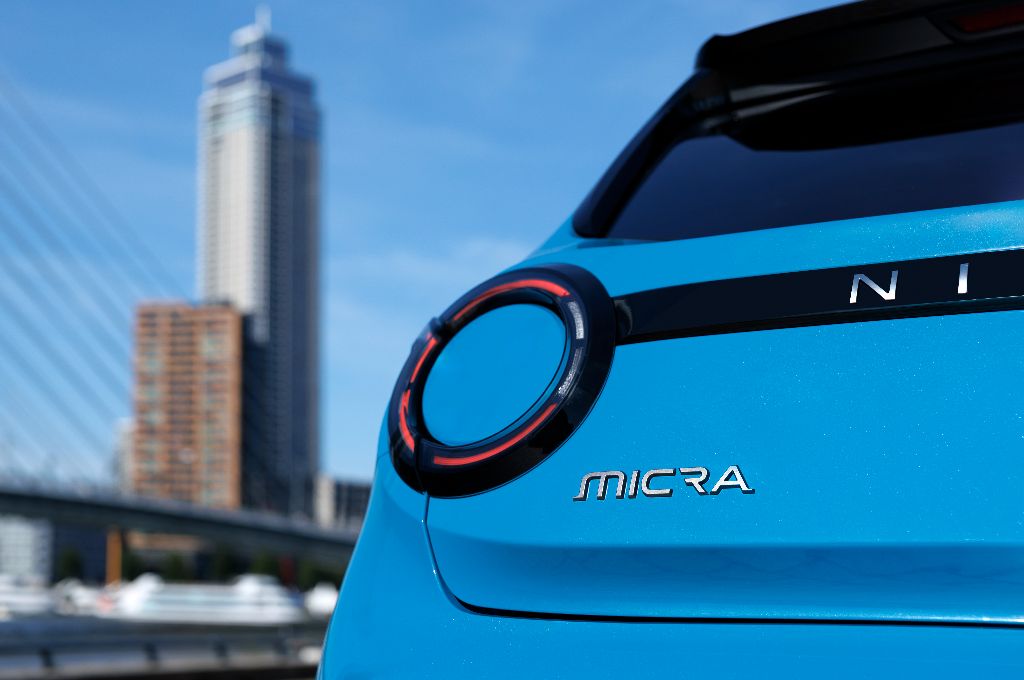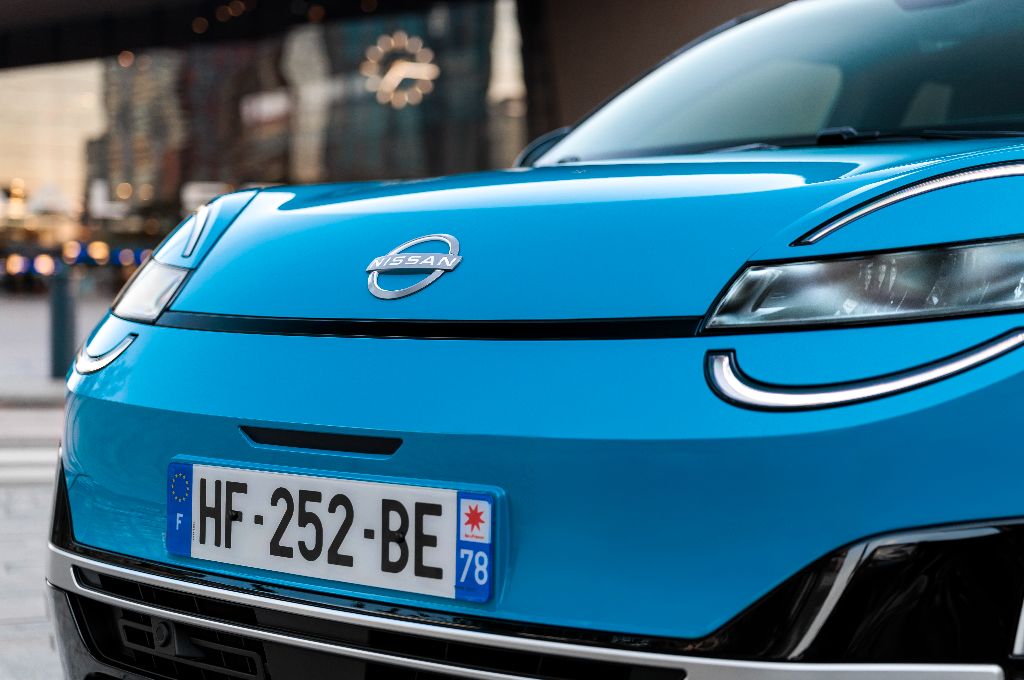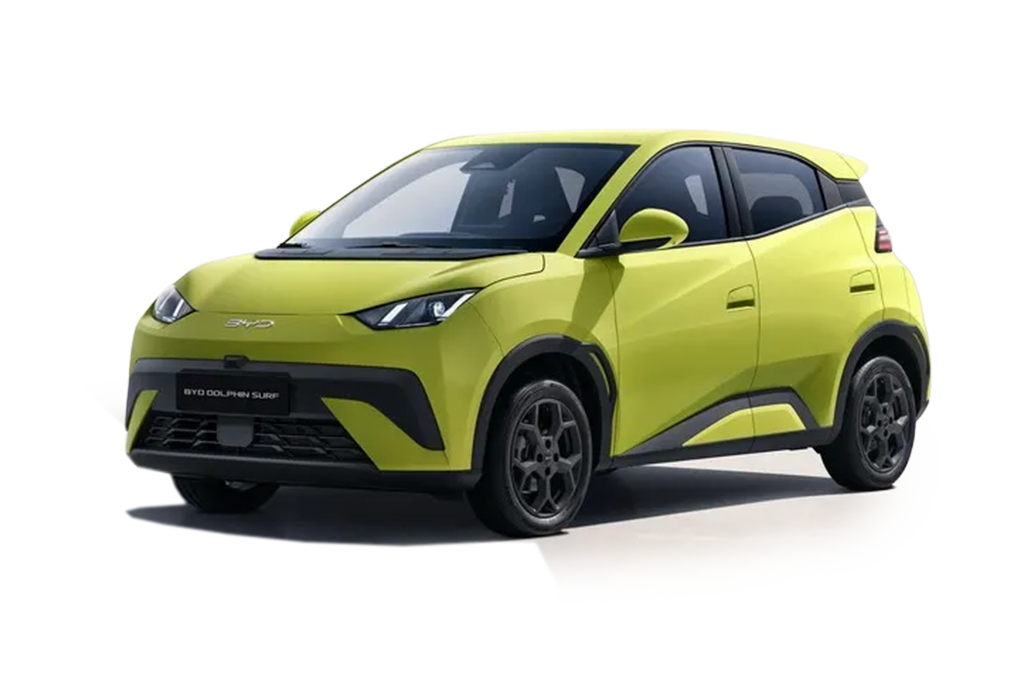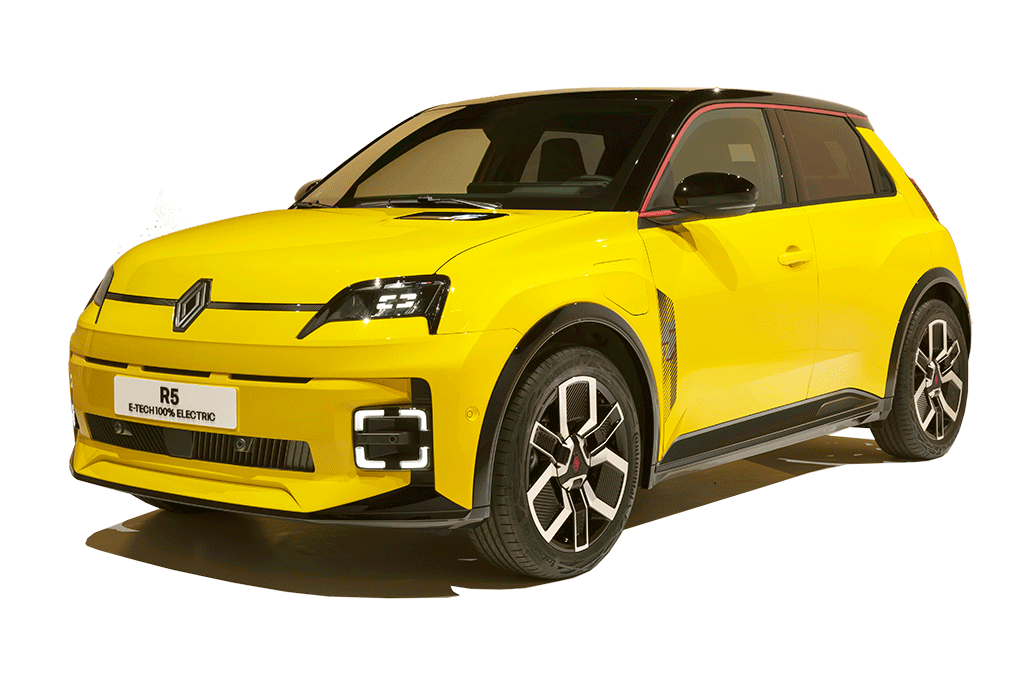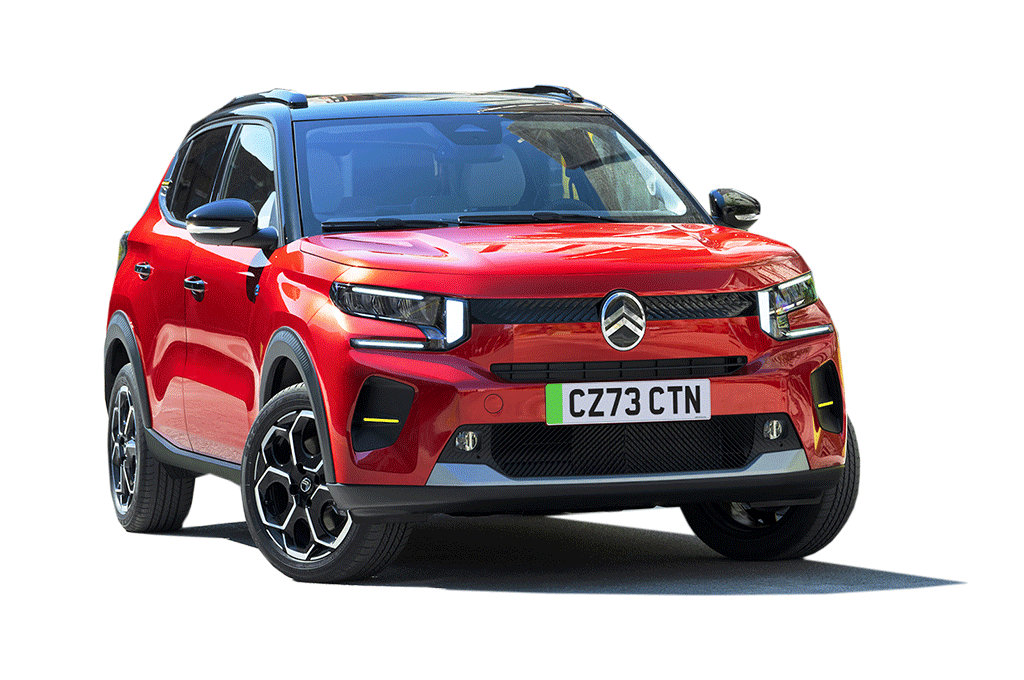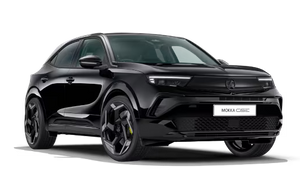Introduction and model history
There's been a Micra in the UK since 1982, and some versions have become a beloved part of British life. The 'blobby' K11 and K12 were innovative designs that were built in the UK, and sold in huge numbers. They lasted a long time too - a testament to their engineering. The last two models failed to hit the same sweet spot, partly because everyone decided they wanted cars that look like SUVs instead.
This new model is very much a hatchback. Some of the more observant of you will notice straight away that this car has a familiar look to it, especially around the middle. That’s because the Micra shares quite a lot of important bits like the tech, battery and motors with the Renault 5. That’s no bad thing – the Renault is a great car and is currently the hottest thing in the electric car world. But Nissan reckon there are buyers out there who won’t necessarily like the retro look and like to look forward rather than back.
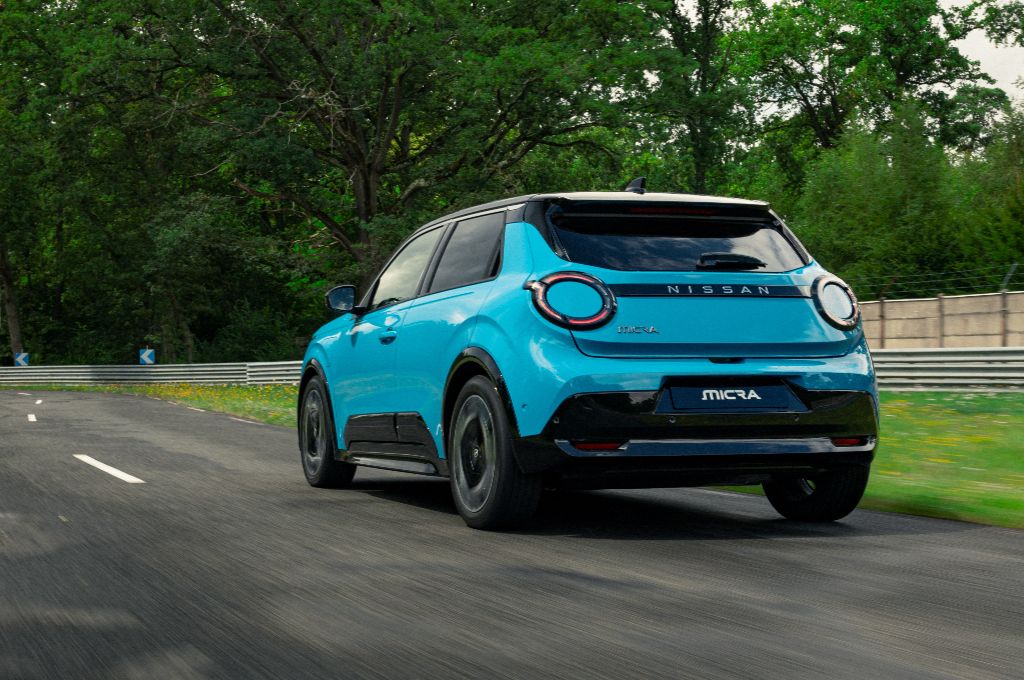
The most eye-opening part of the look is the headlamps, which are mirrored on the rear lights too. They protrude slightly from the surface angling up from the numberplate to the bonnet.
When you unlock the car, the lights perform a “welcome wink” where the front lights pulse from left to right and then right to left. Personally I reckon Nissan should drop the phrase ‘welcome wink’ immediately as it sounds a bit like something a creepy uncle would do - but I like the friendly vibe.
Want an affordable EV? Check out the nearly-new electric hatchbacks for sale on Electrifying.com
There are 14 exterior colour combinations available, including two-tone options that give the buyer the choice to combine the body shade with either a black or grey roof.
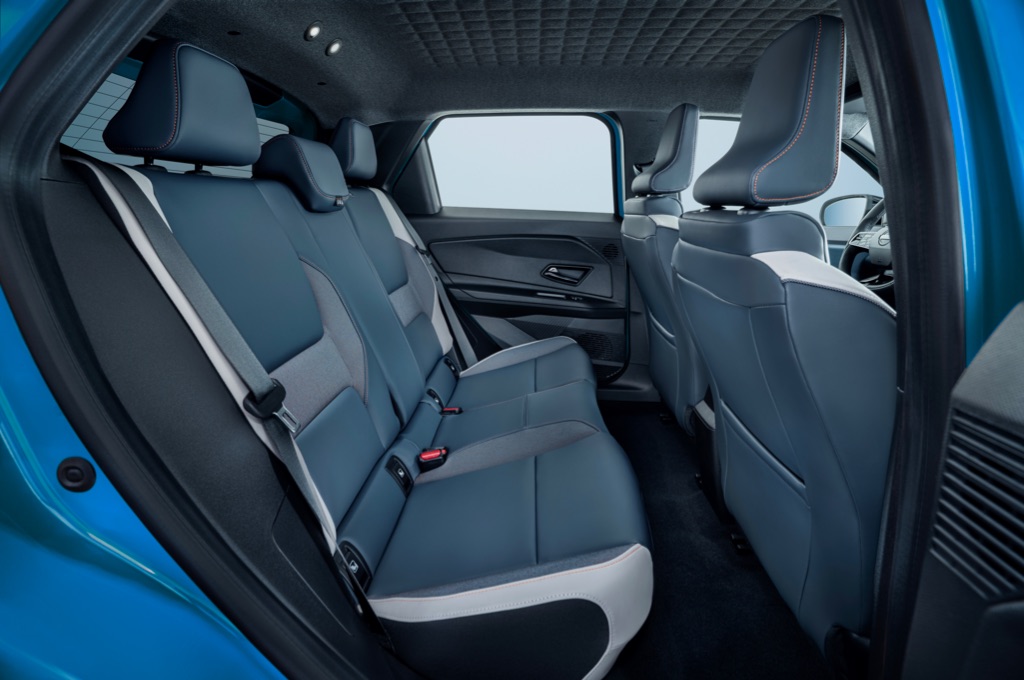
Range, battery and charging
Just like the Renault, there are two battery options - a 40kWh LFP and a 52kWh lithium-ion NMC, giving ranges 192 and 260-miles respectively. That's very similar to the 194 – 255 miles of the Renault 5, and is also in the same ballpark as rivals like the BYD Dolphin Surf.
Rapid charging speeds are up to 100 kW, meaning that it's capable of achieving a 15–80% charge in around 30 minutes. This drops to 80kW on the smaller battery, but you'll still manage an 80% top-up in around 30 minutes or so thanks to that smaller capacity. Put another way, a 100-mile top-up will take as little as 20 minutes in the 52kWh Nissan Micra Comfort Range, while the 40kWh Standard Range will need around 30 minutes.
AC Charging on both peaks at 11 kW, which is useful if you've access to an 11kW charger (you normally find them in industrial estates, kerbside chargers or at destinations like the gym). Most Micra drivers will charge at home via a 7kW home charger, for a full charge in around seven- to ten hours depending on which battery you go for.
Like the R5, a heat pump is standard on both Micra models, as well as battery heating and cooling capability - good stuff for optimising your charging. You can also have V2L (Vehicle-to-Load) tech - as with Renault and Hyundai Inster - although you'll have to pay a bit extra to get the adaptor that you need. The Micra will have the ability to power your home too when the tech is available.
Practicality and boot space
The new, electric Nissan Micra's interior is much the same as the Renault 5's (unsurprisingly!). That means that you get the same 326-litre boot, which is a good size by class standards and is roomier than the boots in the Hyundai Inster and Citroen e-C3. Just be warned that it's a high load lip with quite a big drop down to the boot floor (beneath which is a bit of cable storage for a single cable), and the 60/40 split seats leave a step when they're folded. Basically, the Micra's boot is absolutely fine for the small car class, but the Inster may actually be more practical if you value versatility and a useful boot shape over outright space.
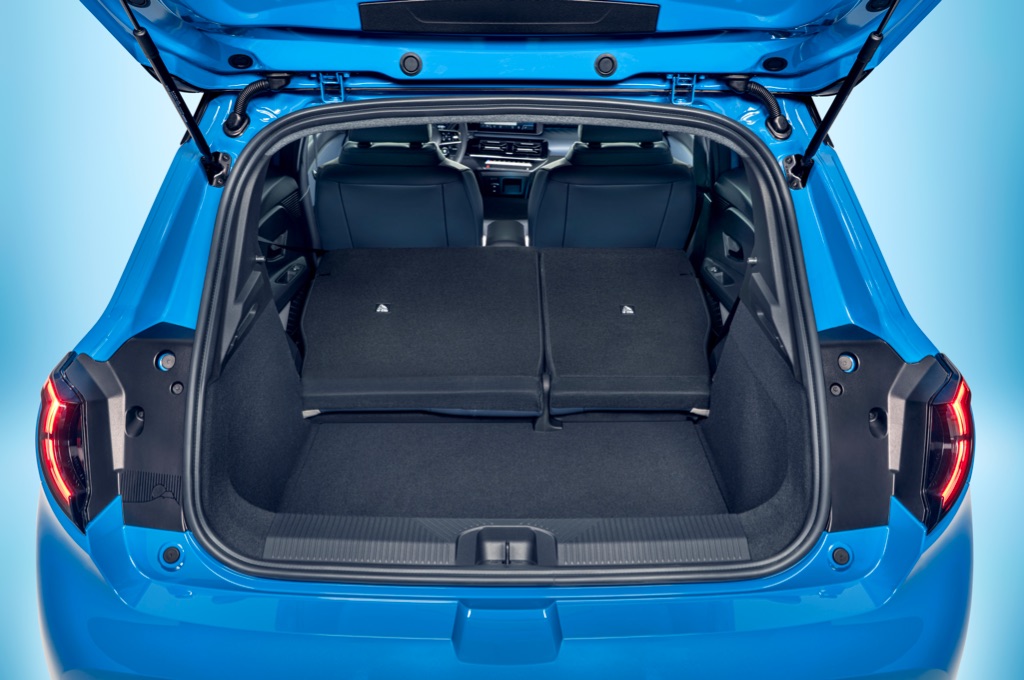
There's enough space in the back seats for a couple of average-sized adults to sit comfortably for shorter journeys, and you can squeeze three people across if you have to, even if they won't thank you for it!
Interior, design/styling and technology
Inside the Micra, there’s a 10.1” screen display behind the steering wheel (base Micra Engage models get a smaller 7-inch screen) with a central 10.1” touchscreen display as the focus of the cabin. Google is built-in as part of the NissanConnect infotainment system, which is one of the better systems in the class - complete with all the intuitive friendliness of Google maps.
Go for top-spec Evolve trim, and you'll also get interior trim finishes styling cues inspired by a Japanese zen garden, but even in its more moderate trims I think the Micra's interior is tactile and pleasant, with some smart touches around the cabin. There are too many stalks all gathered around the right hand side of the steering wheel, as with the Renault, and the gearshifter feels a bit flimsy and cheap. But otherwise it's really not bad, even if it is lacking the character touches of the Renault 5 and Hyundai Inster. The image of Mount Fuji in the centre cubby just doesn't really cut it, on that front.
You won’t be lacking for safety tech. Every Micra comes with Nissan ProPilot assist, which gives lane-keeping assistance, adaptive cruise control and emergency braking. Additional kit incudes helpful systems like Autonomous Emergency Braking, Emergency Lane Keeping Assist, Lane Departure Warning, Intelligent Speed Assist and the list goes on.
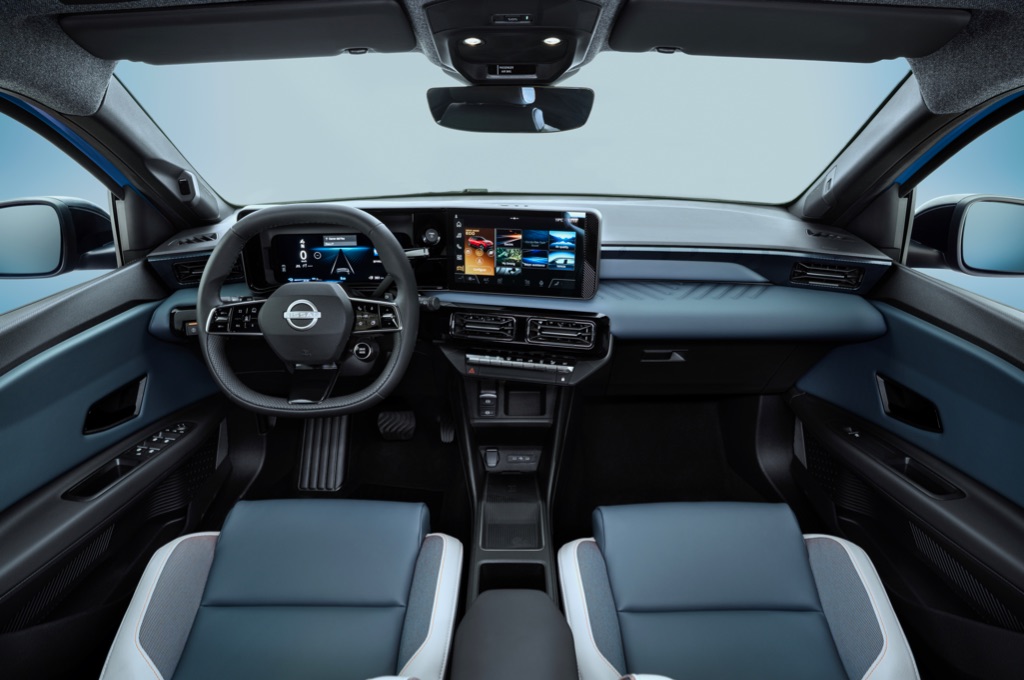
Motors, performance and handling
The Micra drives... well, just like the Renault! And that's fine by us, because the Renault is brilliant fun. The Nissan gets the same 148bhp electric motor that drives the front wheels, for a 0-62mph time of 8.0 seconds. Go for the smaller battery and you get 121bhp for a 0-62mph of 9.0 seconds, and while we've not driven the 40kWh Nissan Micra or Renault 5, that sounds like it'll be sprightly enough.
As for the 52kWh Nissan Micra prototype that we drove, it's got exactly the same alert handling and well-sorted ride comfort that has helped to make the Renault 5 such a hit. It swings gamely into corners, the quick steering is predictable and there's enough grip and confidence to make it fun on a nice road, yet also settled and easygoing on the motorway and wieldy around town. You will notice broken surfaces, and there's a fair bit of wind noise, so if refinement and cushy ride are chief priorities for you then the Citroen e-C3 or Hyundai Inster may be better bets, but the Micra is a peachy little car to drive.
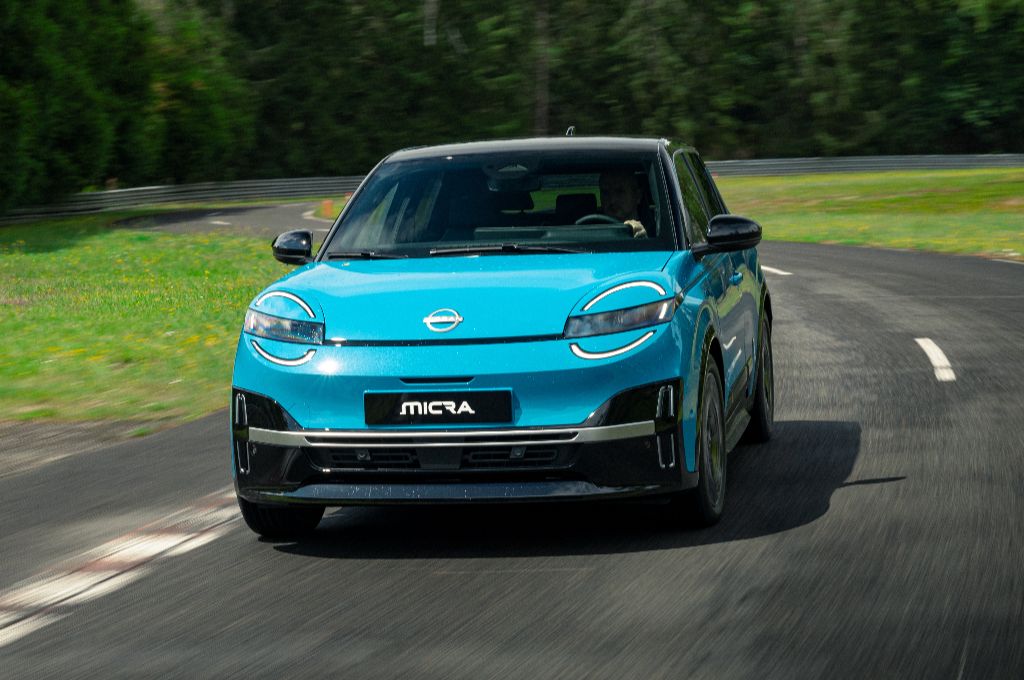
That brake regen' is a nice addition, too. You just twitch the paddles to go up or down the three fixed levels of brake regen', or hold the paddle to activate one-pedal mode. All of the regen' modes blur nicely with the standard brake pedal response, and are easy to predict when you're just modulating the accelerator pedal, so it feels pretty easy to get used to. It's a good system, and it'll be great when it makes it onto the Renault 5 (which we know it will do in the near future). Overall, I think I had hoped that the Micra would be a bit more individual rather than a direct copy of the Renault 5 in its dynamics, but it is a sweet car to drive and that's likely all that matters to the people buying it!
Running costs and pricing
The entry-level Nissan Micra Engage is exclusively available with the Standard Range 40kWh LFP battery, and costs £22,995, while the Micra Advance starts from £24,995 for the same battery. The 52kWh Comfort Range battery is only available in the Advance or Evolve trims, and costs from £26,995. The Micra is also eligible for the government's £1,500 Electric Car Grant (ECG), so you can take that off all of the prices stated here.
All Micra models get 18-inch alloy wheels, a 10-inch touchscreen infotainment system with Google Maps and voice control built-in, plus wireless Apple CarPlay and Android, and a heat pump to help deliver better winter efficiency. The Micra Advance adds to that with adaptive cruise control, a bigger digital driver’s readout, 48-way ambient interior lighting and more, so is a bit better value than the Renault when you factor in equipment levels. Top-spec Evolve, though, costs as much as the Renault 5 Roland Garros trim, so isn't cheap at £29,865. It does get a Harman Kardon sound system and two-tone paint, but even so, the Micra makes a lot more sense in its more modestly priced trims.
The Micra is part of Nissan’s new product offensive, which promises four new fully electric models by 2027, including the Micra, followed by the new Leaf, Juke, and a sub-£18,000 city car based on the Twingo - which is now confirmed for the UK.
Verdict
Looked at in isolation, the Micra is a great little electric hatchback. It has a competitive range, is efficient and the interior quality is excellent. But its biggest competitor will be the Renault 5, which is identical in so many ways. You could argue that it's identical in too many ways... So your choice will likely be based on looks, or brand preference.
For us, the Micra doesn't have quite the same "I want one" quality as the Renault, but there's no doubt that it's a lovely car to drive, and I think it's rather sweet to look at, too. I'd have one in a brighter colour, myself - that blue is really cool! But with the Inster, e-C3, Fiat Grande Panda and - of course - the Renault 5 to contend with, the Nissan has got its work cut out. Those monthly PCP and lease deals will likely make- or break it.
Like the Nissan Micra? Try these...
Want all the latest electric car news, reviews and videos? Sign up to the Electrifying newsletter, and don't forget to check out the Electrifying podcast.





